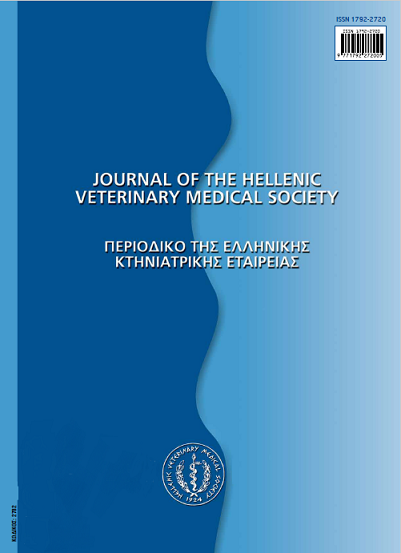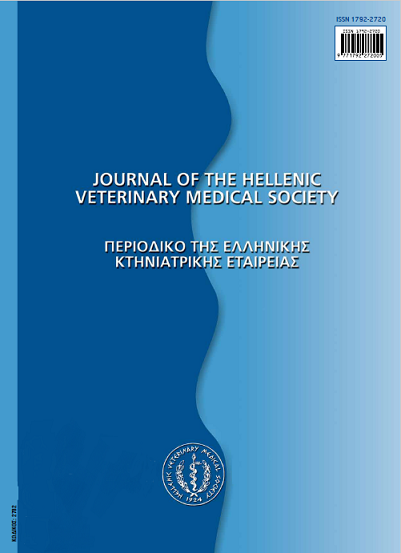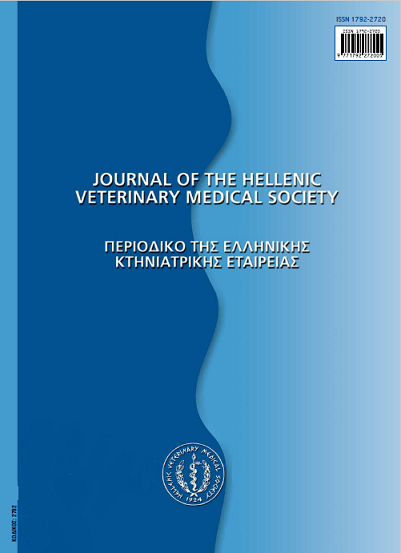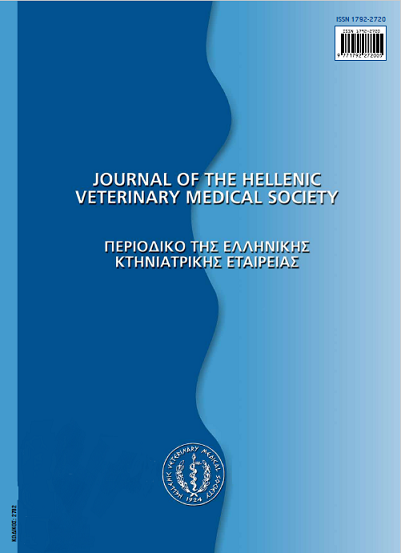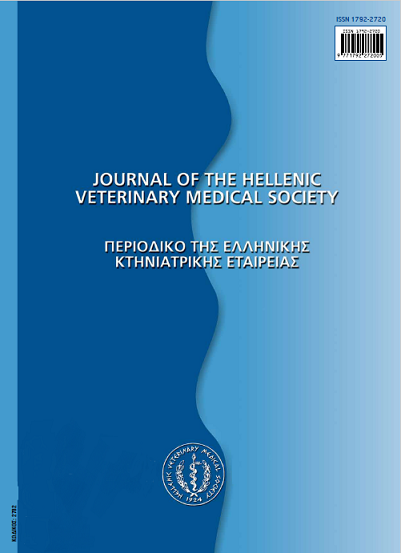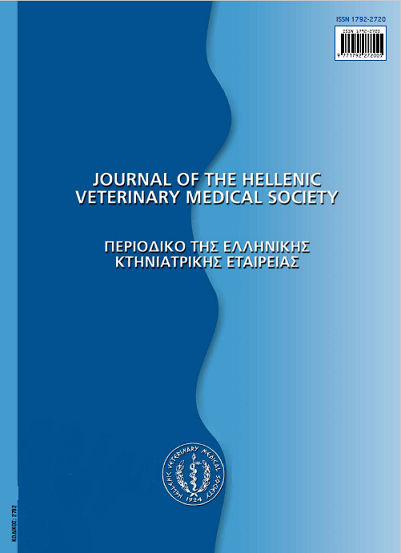Evaluation of the preference of mice on food intake - Preliminary study
Аннотация
One of the possible ways to improve the housing conditions of laboratory animals is to give animals opportunities to perform more species-specific behavioural repertoires through providing enrichment of their environment. Environmental enrichment is, by definition, any modification in the environment of the captive animals that seeks to enhance their physical and physiological well being by providing stimuli meeting the animals' species-specific needs. Food intake is of high concern as this should be promoting the expression of physical feeding behaviour and improves the welfare of the captive animals. The aim of the present study was to evaluate the preference of mice to receive their food from a feeding cup located inside the cage or from the classical food hopper located on the stainless steel wire lid of the cage. Twenty four male C57BL/6 mice, at the age of 5-7 weeks, originated from the breeding colony of the animal facility of the Foundation, were randomly divided into two groups. In group A (n=12) the food was supplied through the food hopper. In group Β (n=12) food was supplied through the feeding cup located in the front side of the cage, as well as through the classical food hopper on the wire lid of the cage. A statistically significant preference of the mice to use the feeding cup instead of the food hopper was noticed (p<0.05). A preference of animals to empty the feeding cup from the food pellets, eat them directly from the bedding and use the feeding cup as a shelter was also observed in all the cages of group B. Based on the above preliminary observations it is concluded that the placement of a feeding cup within the cage could improve the welfare of the animals housed in individual ventilated cages and trigger the expression of a more species-specific feeding behaviour.
Article Details
- Как цитировать
-
PARONIS (Ε. ΠΑΡΩΝΗΣ) E., ALEXAKOS (Π. ΑΛΕΞΑΚΟΣ) P., DIMITRIOU (Κ. ΔΗΜΗΤΡΙΟΥ) C., BALAFAS (Ε. ΜΠΑΛΑΦΑΣ) E., & KOSTOMITSOPOULOS (Ν. ΚΩΣΤΟΜΗΤΣΟΠΟΥΛΟΣ) N. (2017). Evaluation of the preference of mice on food intake - Preliminary study. Journal of the Hellenic Veterinary Medical Society, 59(2), 168–174. https://doi.org/10.12681/jhvms.14957
- Выпуск
- Том 59 № 2 (2008)
- Раздел
- Short Communication
Authors who publish with this journal agree to the following terms:
· Authors retain copyright and grant the journal right of first publication with the work simultaneously licensed under a Creative Commons Attribution Non-Commercial License that allows others to share the work with an acknowledgement of the work's authorship and initial publication in this journal.
· Authors are able to enter into separate, additional contractual arrangements for the non-exclusive distribution of the journal's published version of the work (e.g. post it to an institutional repository or publish it in a book), with an acknowledgement of its initial publication in this journal.
· Authors are permitted and encouraged to post their work online (preferably in institutional repositories or on their website) prior to and during the submission process, as it can lead to productive exchanges, as well as earlier and greater citation of published work.

